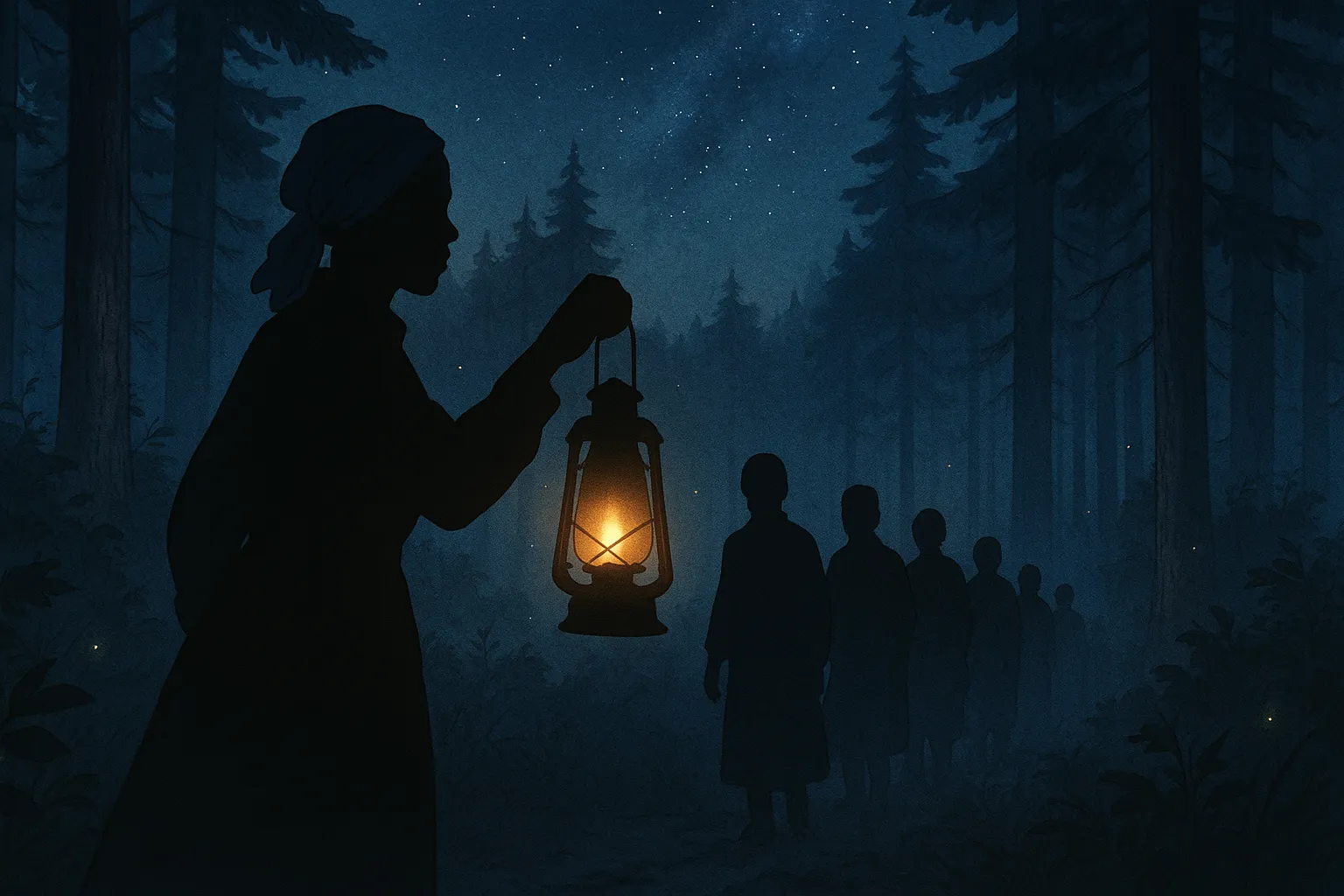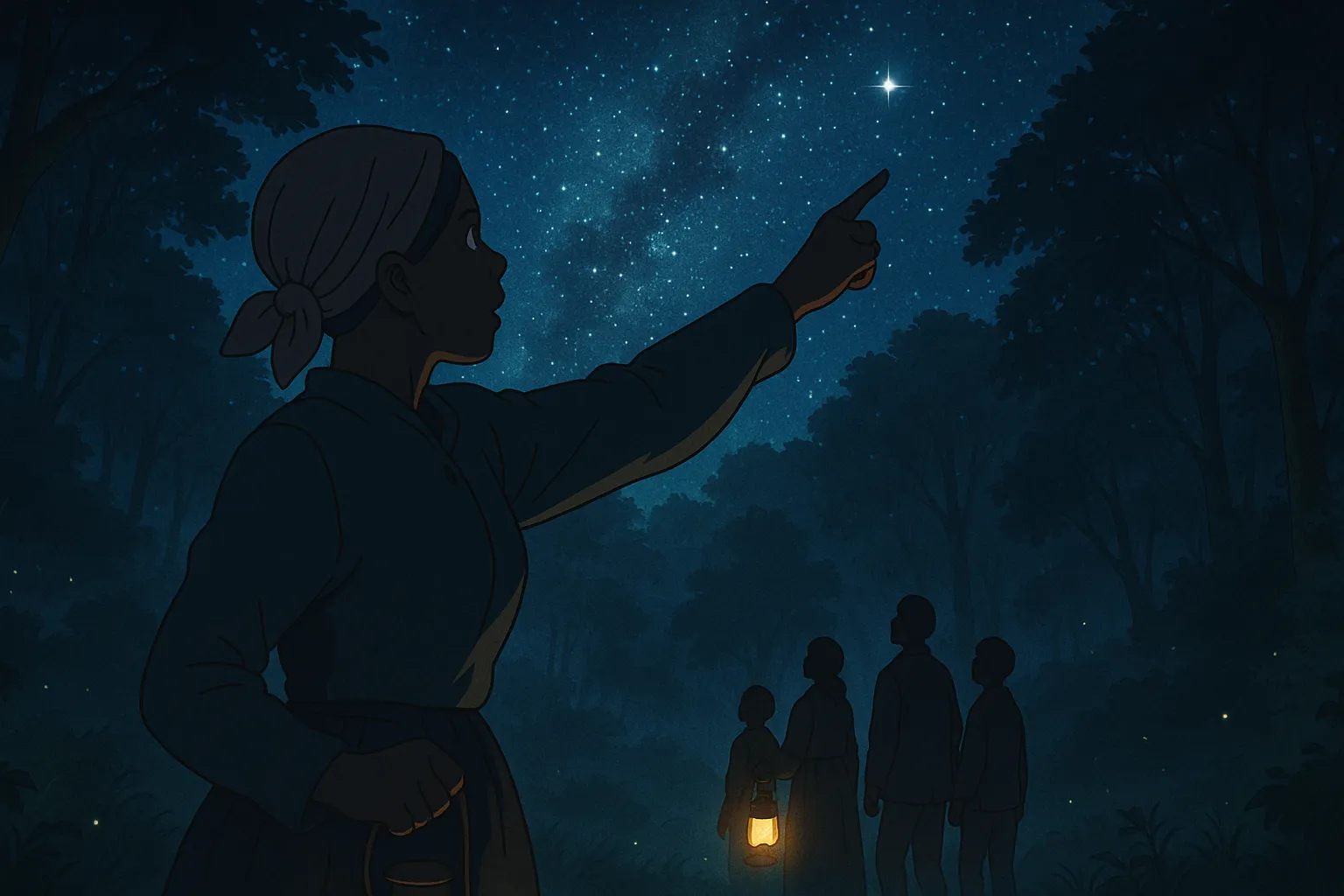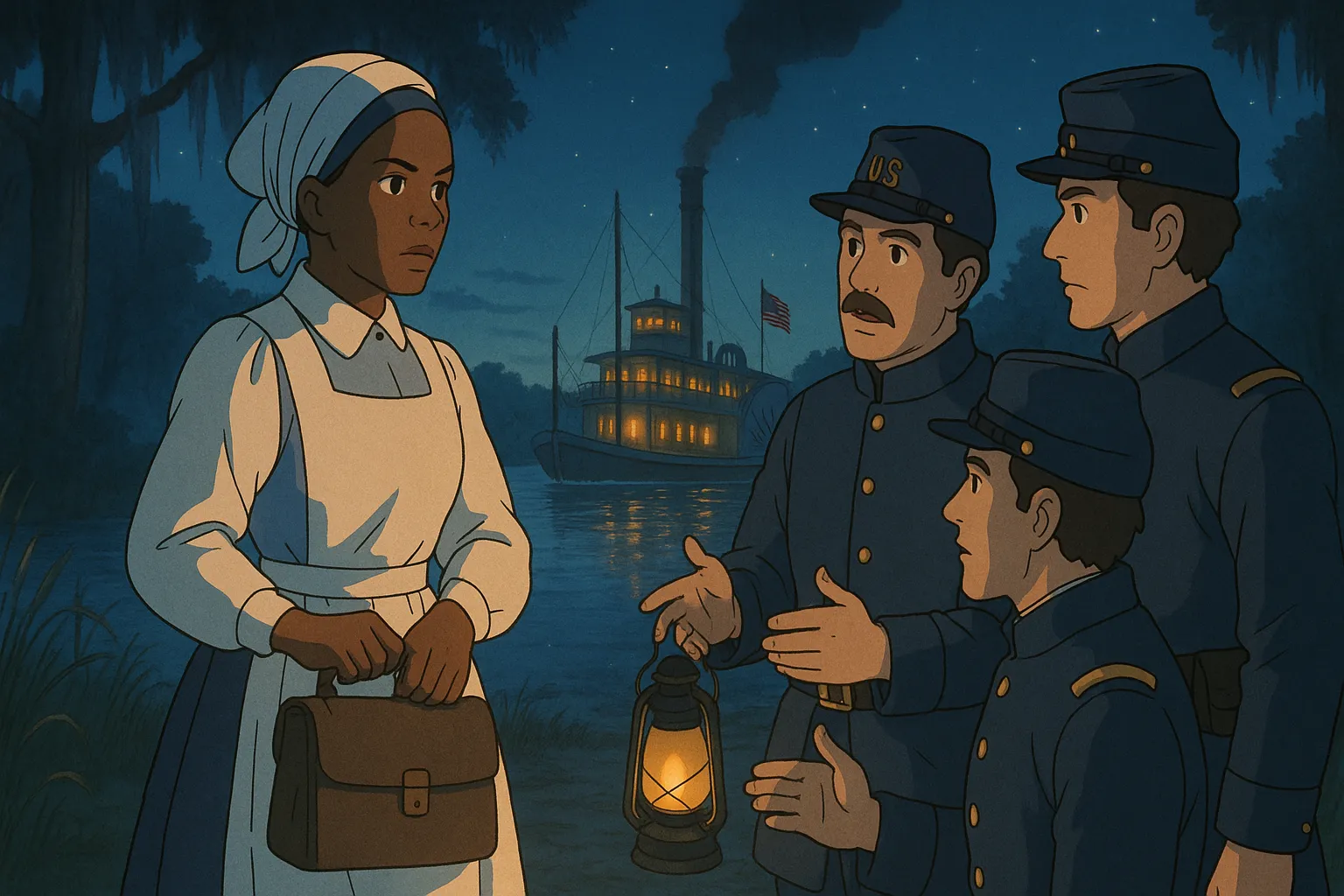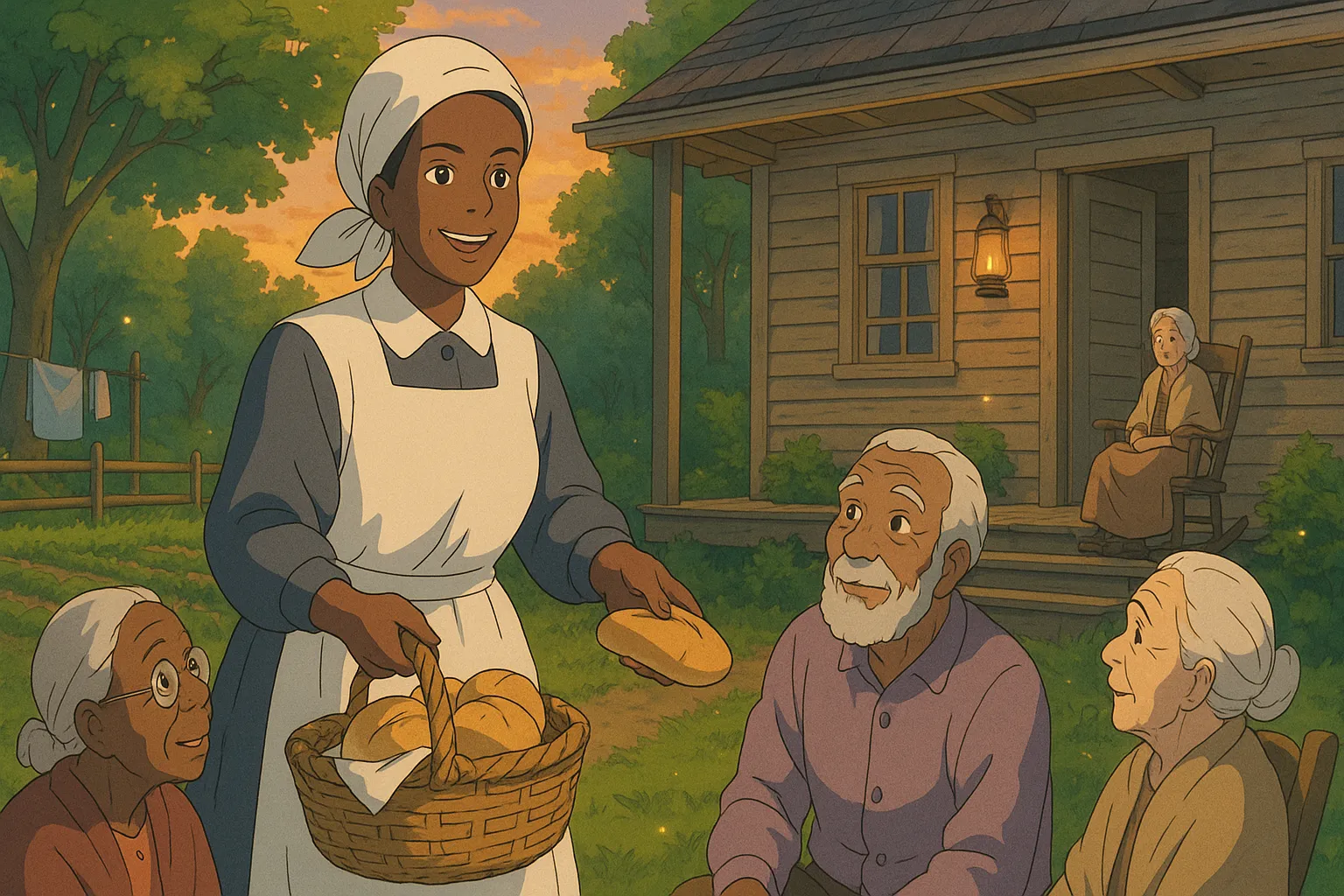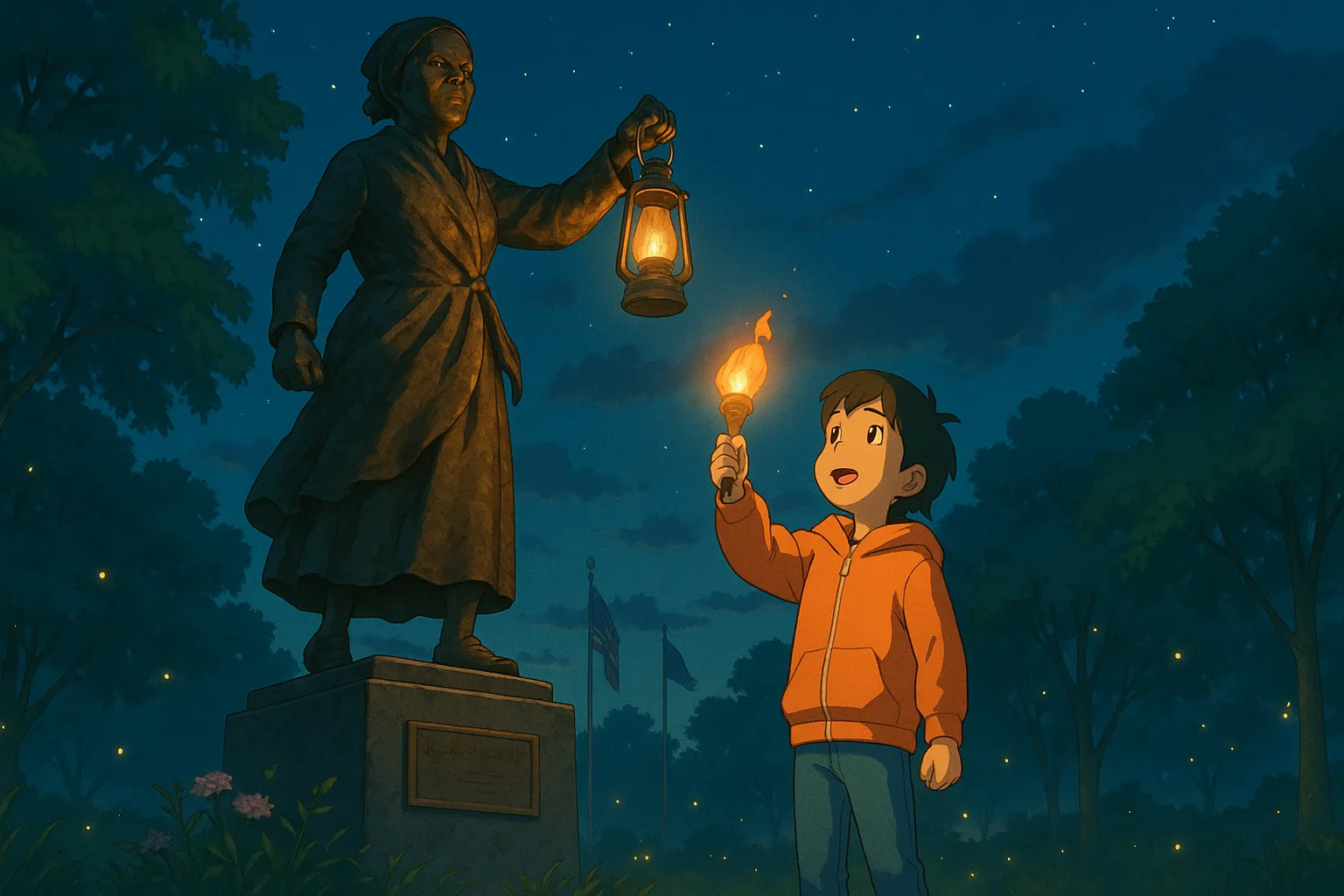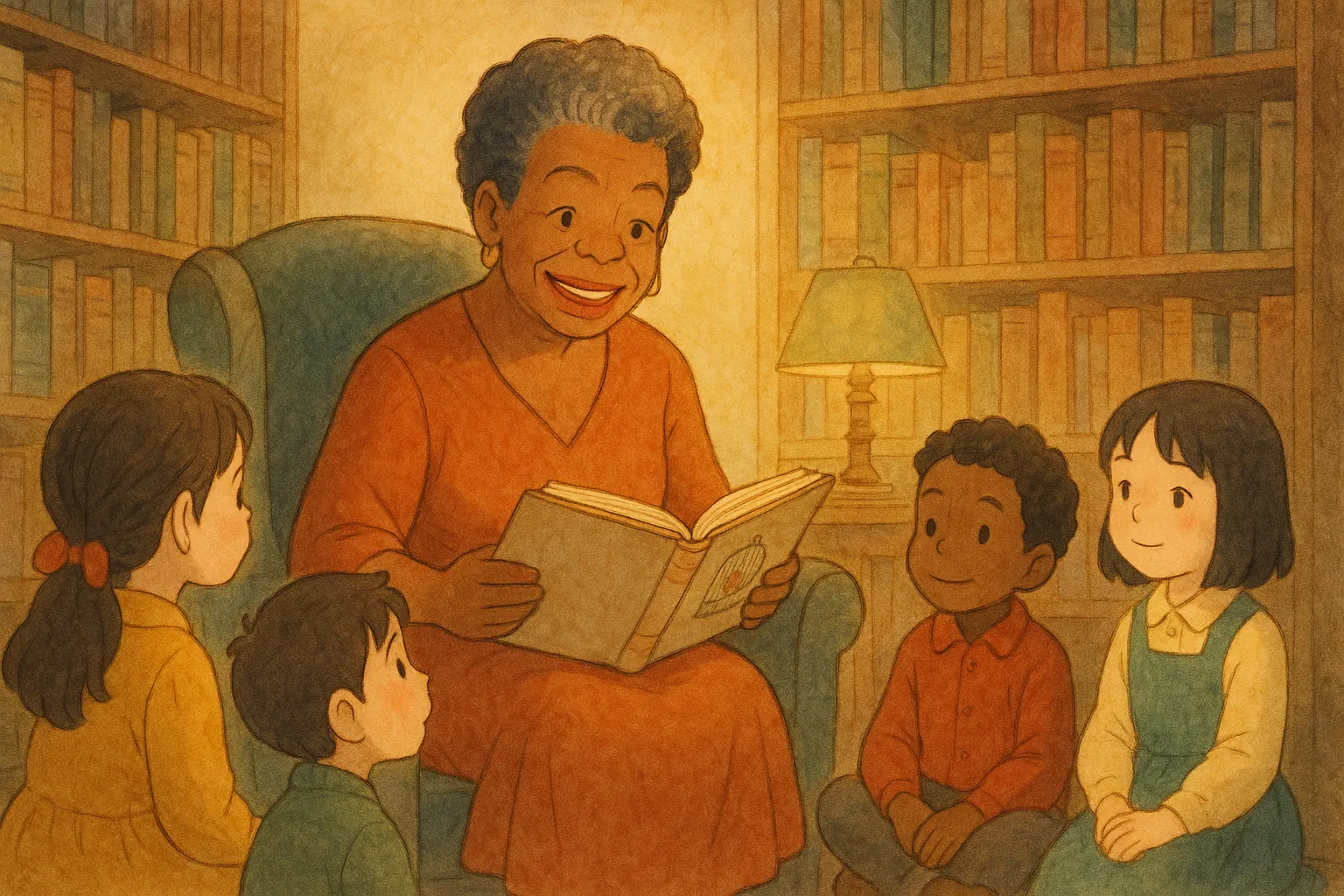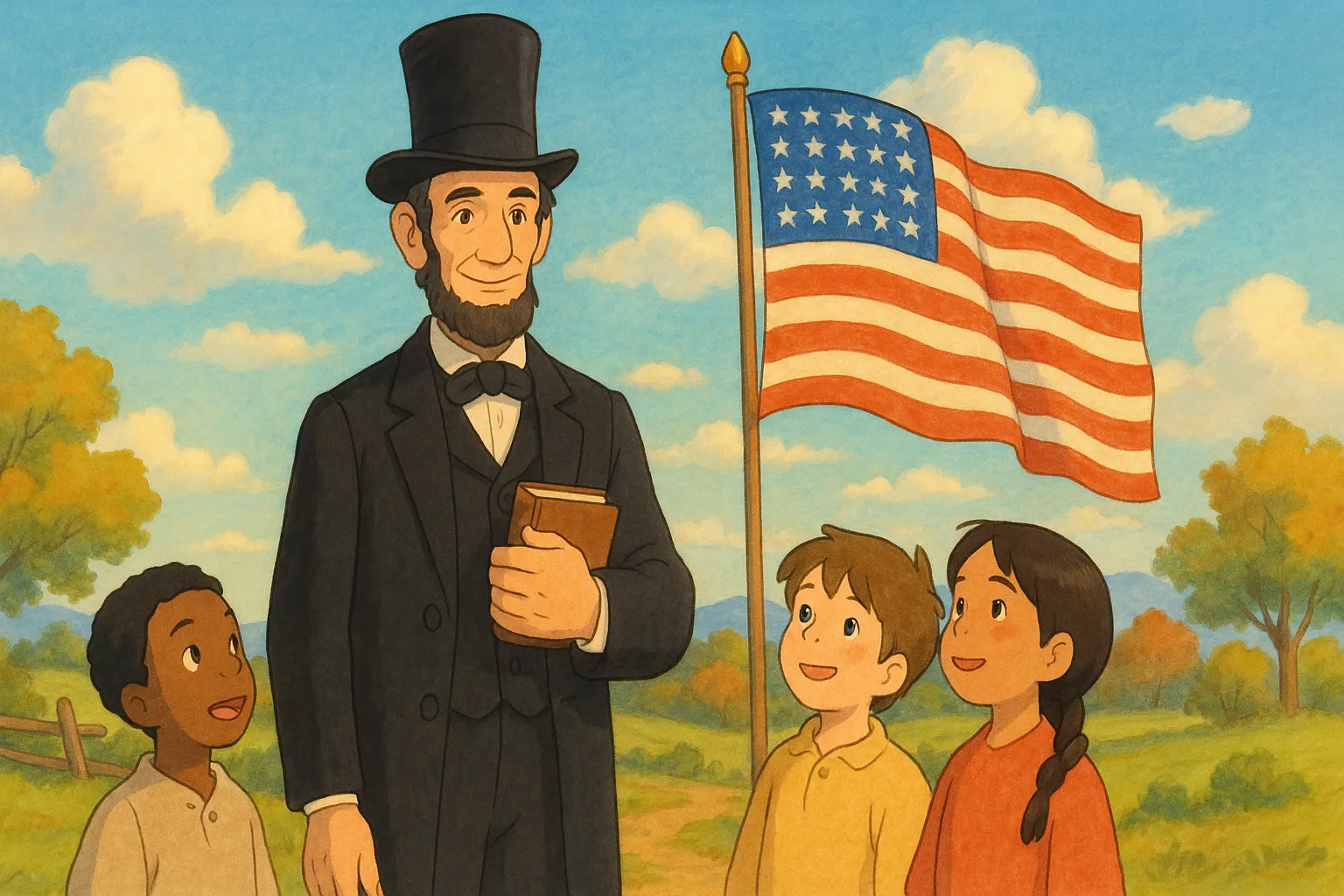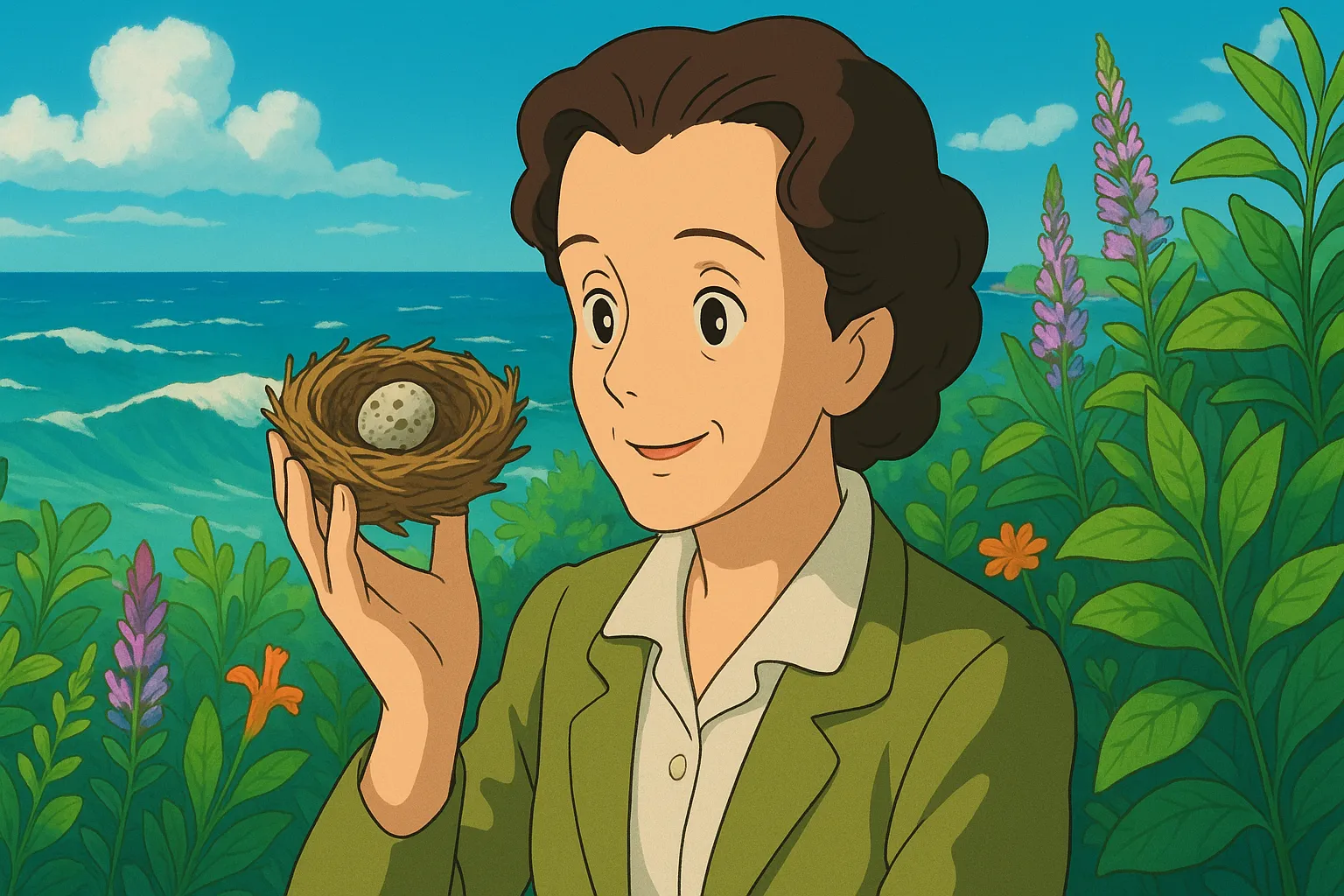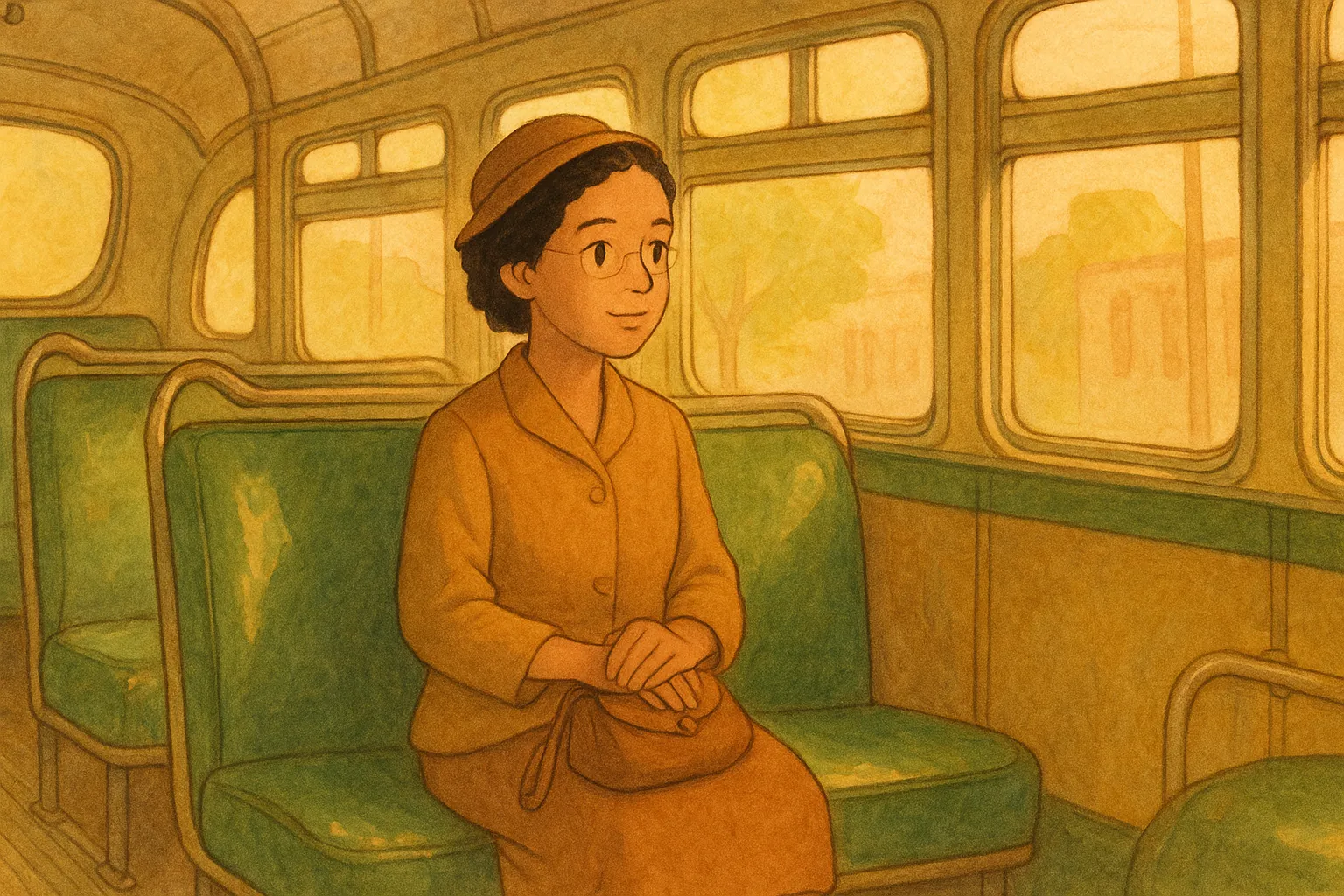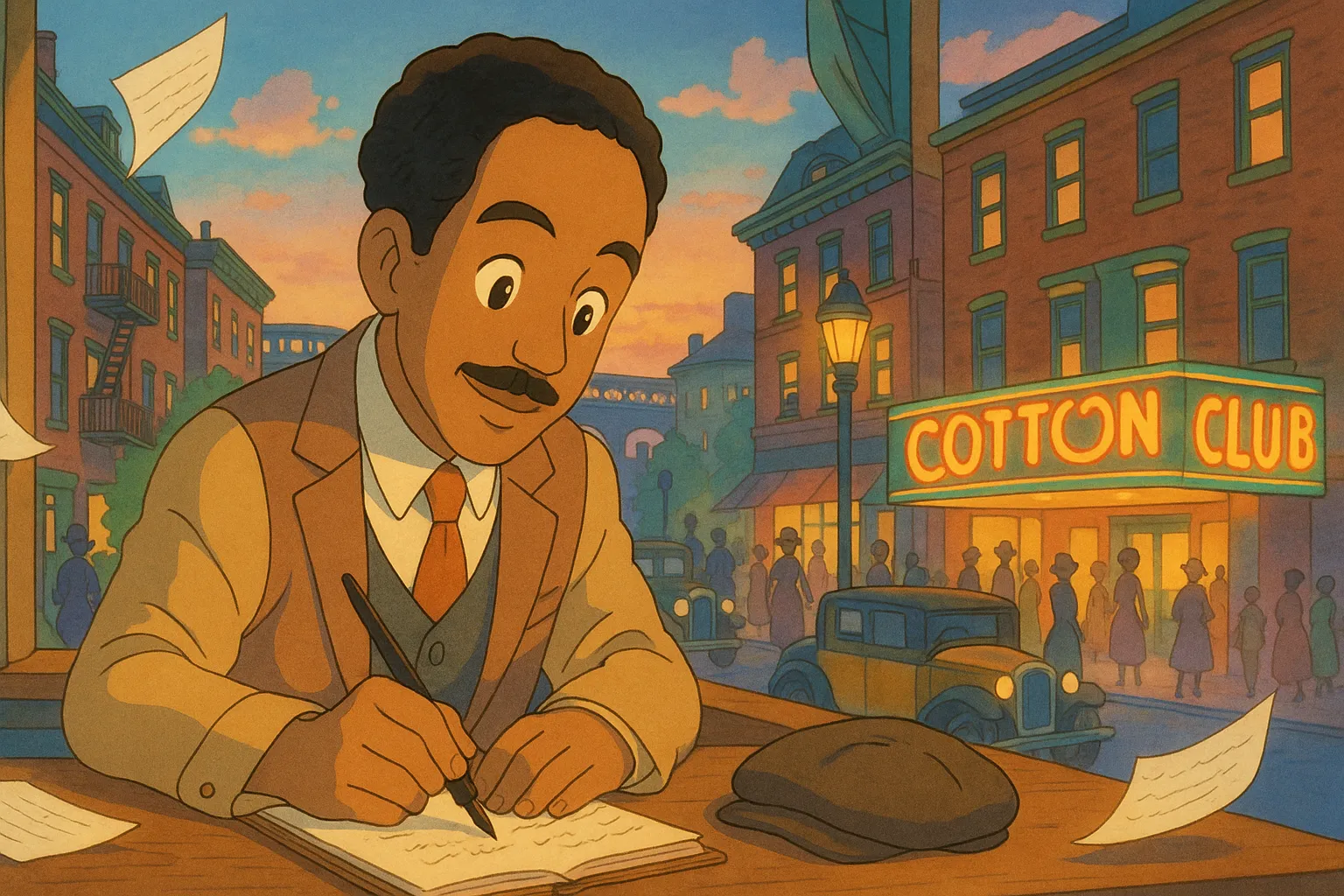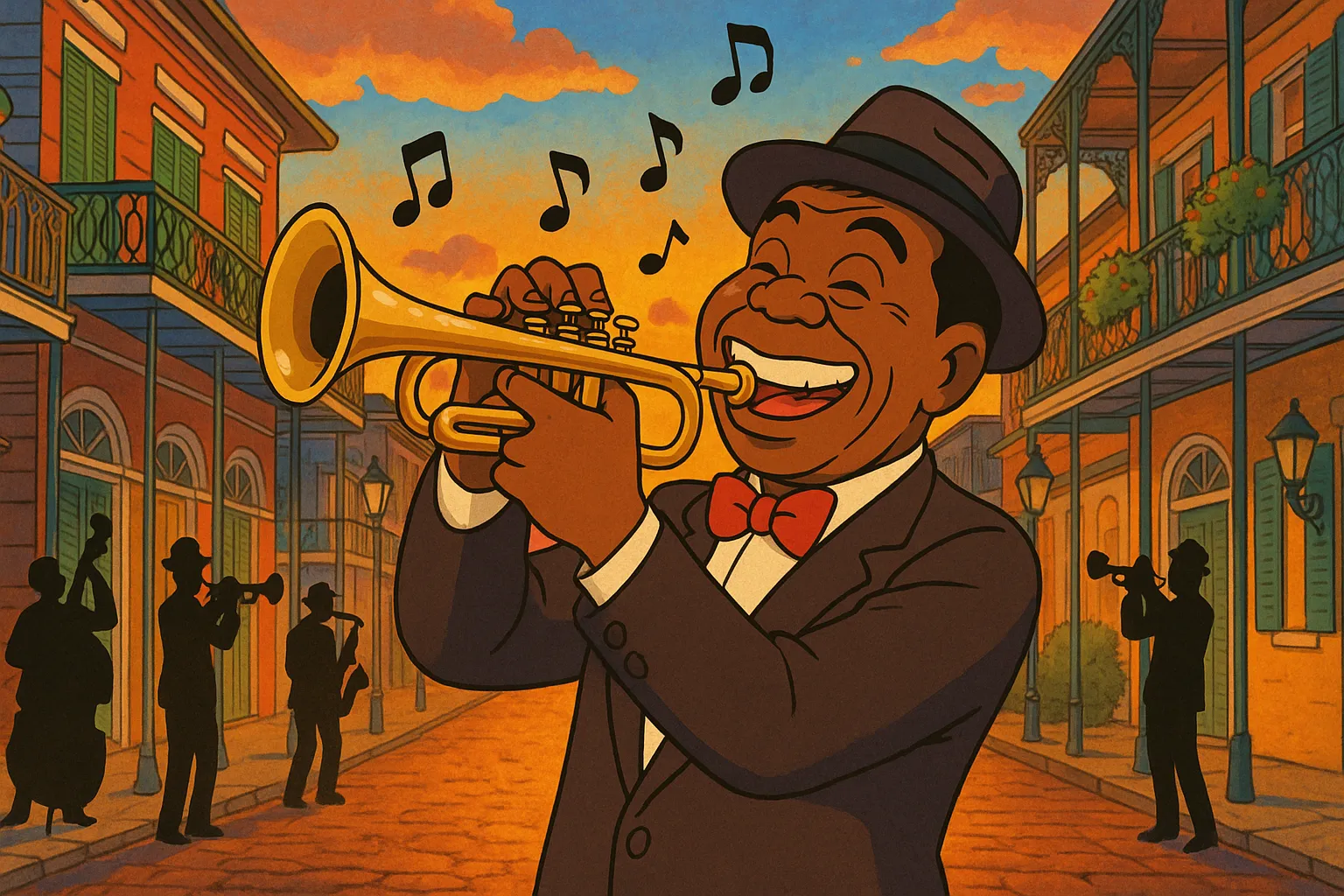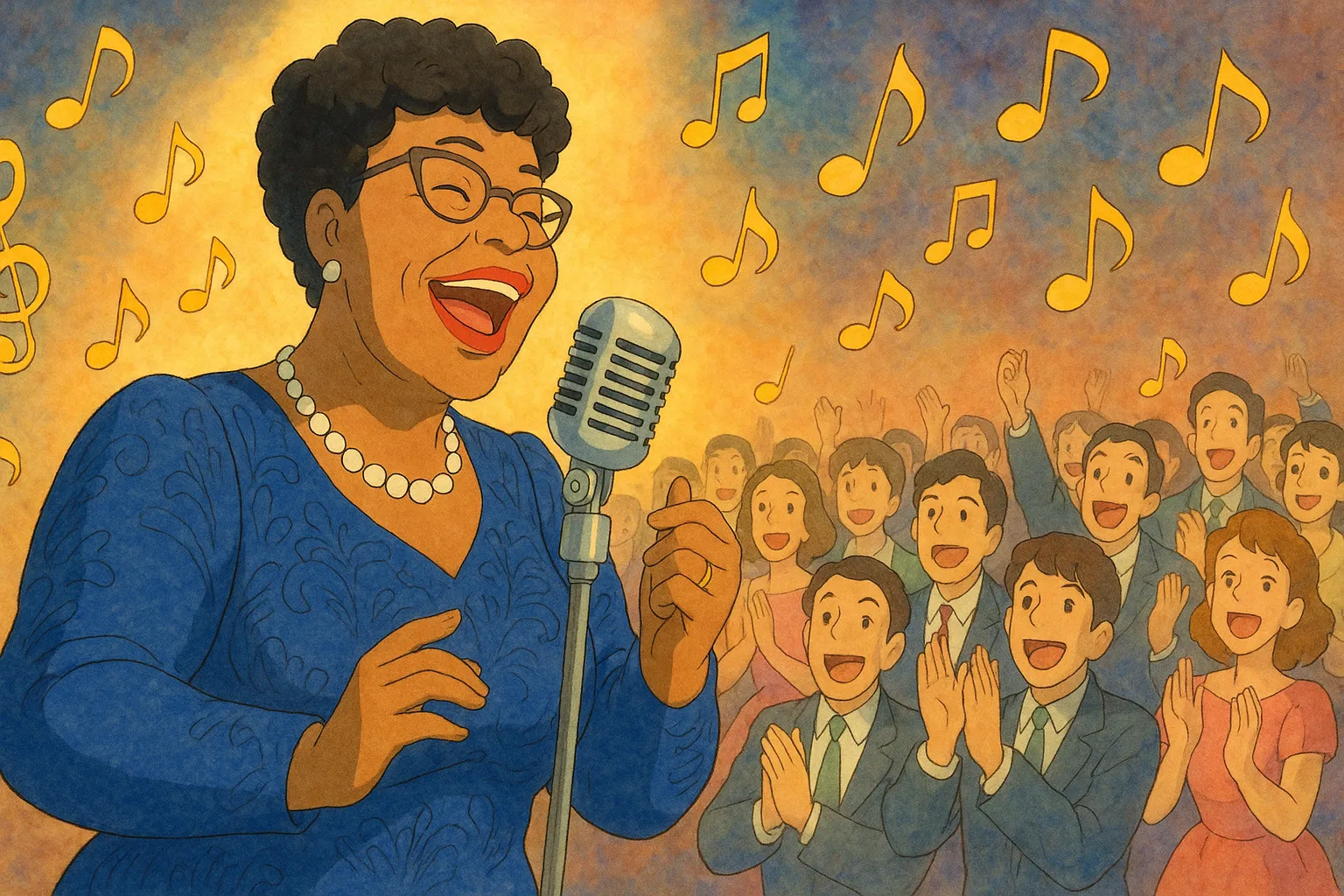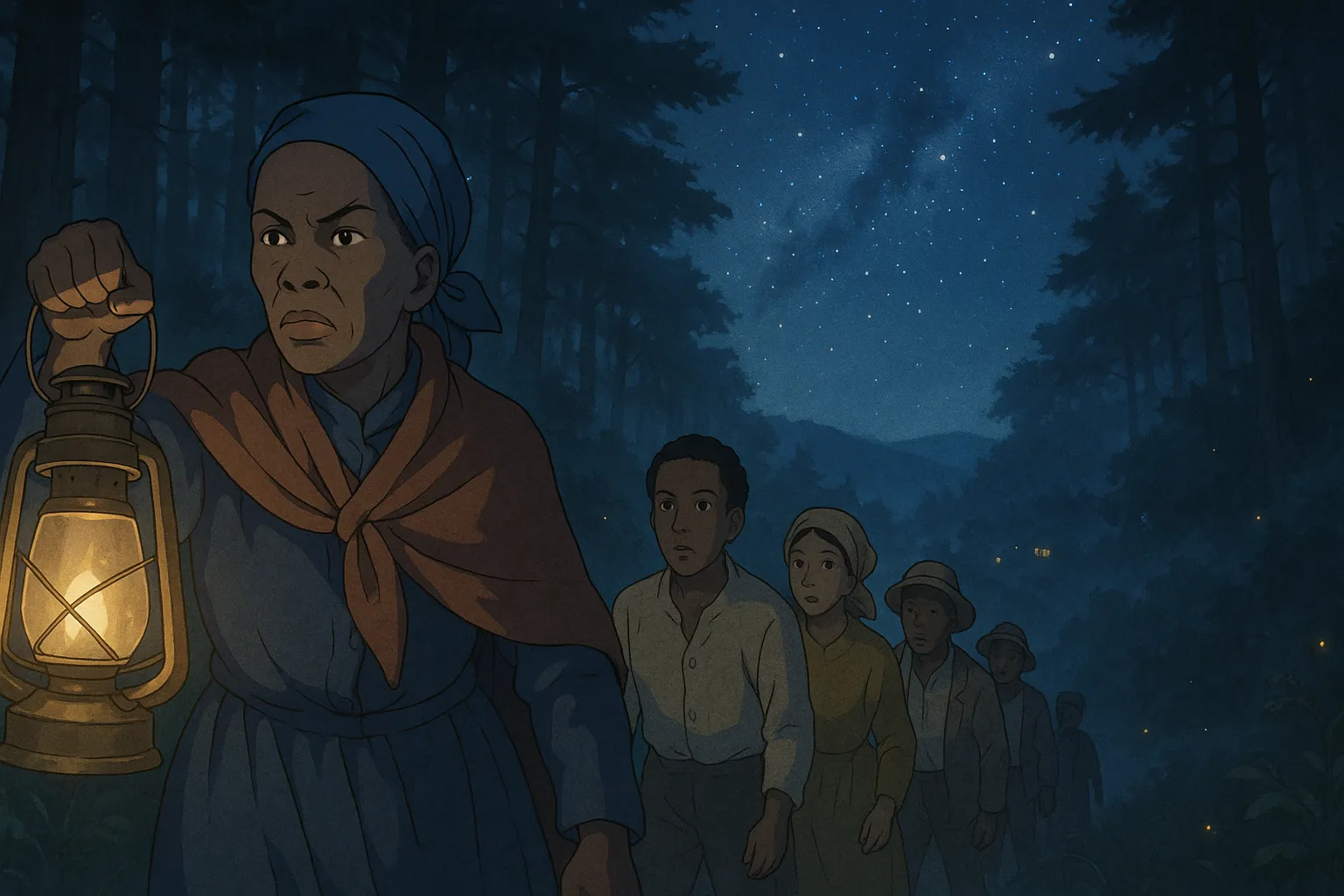
Harriet Tubman

c.1822-1913
Heroic conductor of the Underground Railroad
Published: September 16, 2025
Frequently Asked Questions
What was Harriet Tubman's birth name?
She was born Araminta "Minty" Ross. She later used the name Harriet after marrying John Tubman.
Did Harriet suffer any lifelong health problems?
As a child she suffered a severe head injury that caused chronic pain, fainting spells and vivid visions throughout her life.
Was Harriet Tubman able to read and write?
She had very little formal schooling and was largely illiterate, though she was resourceful, learned by experience, and an excellent planner.
Was Harriet ever married?
Yes. She married John Tubman in the 1840s and later married Nelson Davis in 1869, who was a Union Army veteran.
Did Harriet have children of her own?
She did not have known biological children. She cared for relatives and later devoted herself to helping elderly African Americans.
Did Harriet carry a weapon on her missions?
Yes. She often carried a pistol for protection and to keep people from fleeing during dangerous rescue trips.
How did religion influence her work?
A devout Christian, she believed God guided her decisions and often used prayer and spirituals for comfort and direction.
When did Harriet Tubman die and where is she buried?
She died on March 10, 1913, in Auburn, New York, and is buried at Fort Hill Cemetery. Her Auburn home is preserved as a historic site.
